I will talk about opportunities available through the National Science Foundation’s I-Corps program. The I-Corps program offered through Invent Penn State will be running a 3-week virtual short course starting March 10th to help faculty members and/or graduate students explore the commercial potential of their research. The short course will qualify individuals to participate in the I-Corps National Teams Program, which provides $50,000 in grant funding, and significantly increases the chances of securing future SBIR / STTR funding.
Presenter: Derek Goss | NSF I-Corps Program Manager – Office of the Senior Vice President for Research
